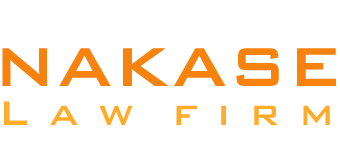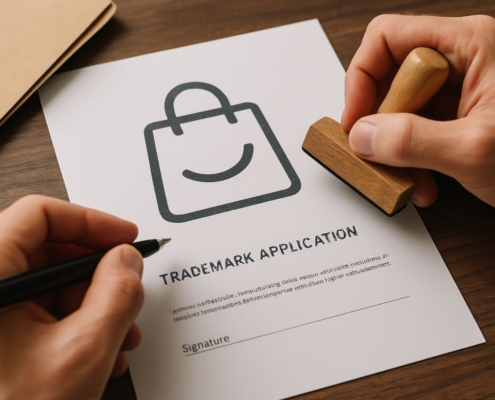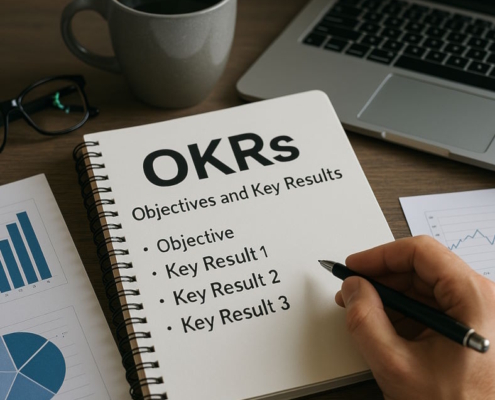Definition of Permissible Discovery Scope
The term “Reasonably Calculated to Lead to Discovery of Admissible Evidence” is instrumental in defining the boundaries of acceptable discovery. It emphasizes that discovery should encompass any data that could reasonably pave the way to other trial-admissible evidence. This definition hinges on principles of reason, logic, and common sense. This was highlighted in the case Lipton v. Superior Court (Lawyers’ Mutual Insurance Co.) (1996), where the court explained the scope of discovery in these terms.

Admissibility Not a Precondition for Discovery
Admissibility of information at trial is not a prerequisite for its discovery. The criterion is whether the data in question could reasonably lead to other admissible evidence. This is outlined in CCP § 2017(a) and was elaborated in Davies v. Superior Court (State of California) (1984). The court’s role in a discovery motion is not to ascertain the eventual relevance and admissibility of the information at trial but to predict if the information might be relevant or admissible.
- Hearsay in Discovery – Discovery cannot be denied simply because the information is hearsay. The focus is on whether the hearsay could lead to admissible evidence. This principle was established in Smith v. Superior Court (Alfred) (1961).
- Stipulated Matters in Discovery – Parties cannot obstruct discovery by stipulating to issues in question. While such stipulations may render trial evidence inadmissible, they do not affect discovery. For instance, defendants in car accident cases cannot evade queries about their driving by admitting negligence. Their admission might remove the issue from trial but doesn’t impact its discoverability, as it could lead to other admissible evidence.
- Discovery of Cumulative Evidence – The extent of existing evidence a party has is irrelevant; discovery is allowed for any non-privileged information, cumulative or otherwise, as stated in TBG Insurance Services Corp. v. Superior Court (Zieminski) (2002).
A personal injury lawyer frequently advocate for extensive discovery, including information that may not directly lead to admissible evidence, to uncover a fuller context of the case and potential leads that could strengthen their client’s position.”
Policy Favoring Discovery
The standards of “relevance to the subject matter” and “reasonably calculated to lead to discovery of admissible evidence” are applied liberally. Doubts are typically resolved in favor of allowing discovery, especially when the case’s exact issues are not yet crystal clear. This approach was upheld in Colonial Life & Accident Insurance Co. v. Superior Court (Perry) (1982).
Permissibility of ‘Fishing Expeditions’
Objections based on the notion that opposing counsel is on a ‘fishing expedition’ are not valid reasons to refuse discovery. The Discovery Act explicitly permits discovery of matters “reasonably calculated to lead to discovery of admissible evidence,” as stated in CCP § 2017(a). This was further explained in Greyhound Corp. v. Superior Court (Clay) (1961) and Gonzalez v. Superior Court (City of San Fernando) (1995). However, there are limits to such expeditions, especially regarding insufficient identification of requested information, unduly burdening the adversary, and balance between the burden and the value of the information.
Protective Orders as Limitation
The court can limit the broad scope of discovery through protective orders, as provided in CCP § 2017(c). These orders may be issued when the burden, expense, or intrusiveness of discovery clearly outweighs the potential to lead to discovery of admissible evidence. The court’s inherent power to weigh the benefits versus the burdens of proposed discovery is recognized.
Application of Discovery Standards
Various common issues arise in applying the “relevant to subject matter” and “reasonably calculated to lead to discovery of admissible evidence” standards:
- Discovery Related to Claims or Defenses – Discovery can relate to the claims or defenses of any party involved in the action, as outlined in CCP § 2017(a). It includes information relevant to the subject matter, thus facilitating a party to establish their case or challenge the adversary’s.
- Discovering Contentions and Supporting Evidence – A party may discover its opponent’s contentions and the evidence supporting them. The admissibility of contentions is not the test here; they are discoverable because they are relevant to the subject matter. This applies to both factual and legal contentions, although legal contentions may be protected as attorney work product.
- Physical Evidence and Witness Information – Discovery can encompass information about the existence, nature, and location of any document, tangible thing, or property. Identifying and locating people with knowledge of any discoverable matter is also within the scope of discovery.
- Discovery of Insurance Information – A party may discover the existence and contents of a defendant’s liability insurance, including the carrier’s identity and coverage limits. This information is vital for settlement purposes and is thus “relevant to the subject matter.”
- Other Considerations in Discovery – The discovery process may also encompass issues such as other accidents at similar locations, the defendant’s financial ability to pay a judgment, and third-party insurance coverage. However, these are subject to specific considerations and limitations.
- Attorney Fees and Immigration Status – The reasonableness of attorney fees and the relevance of a person’s immigration status in certain cases are also included in the scope of discovery, each with its specific rationale and limitations.































